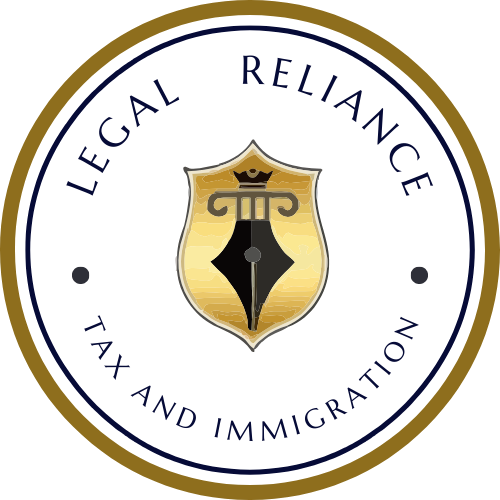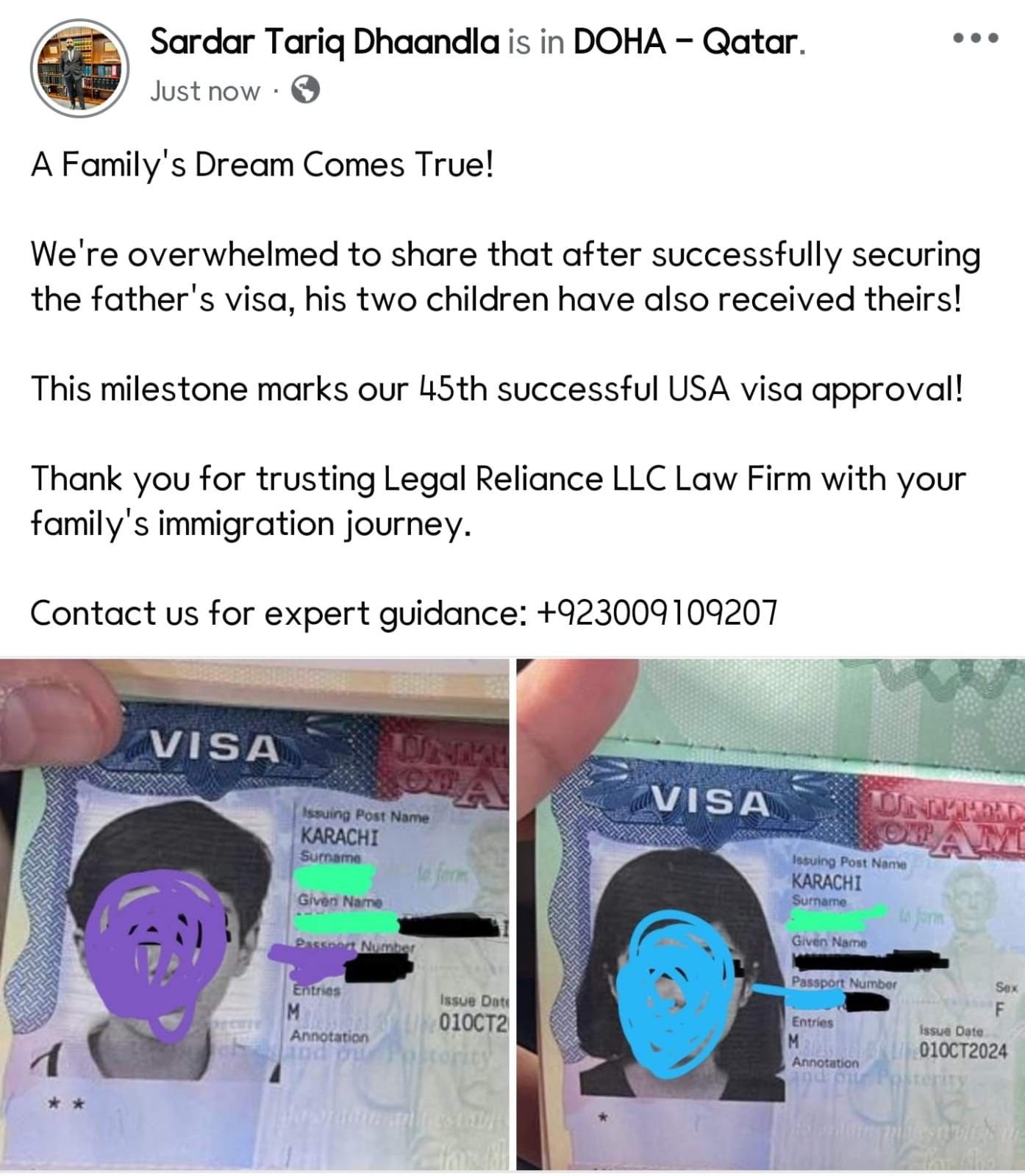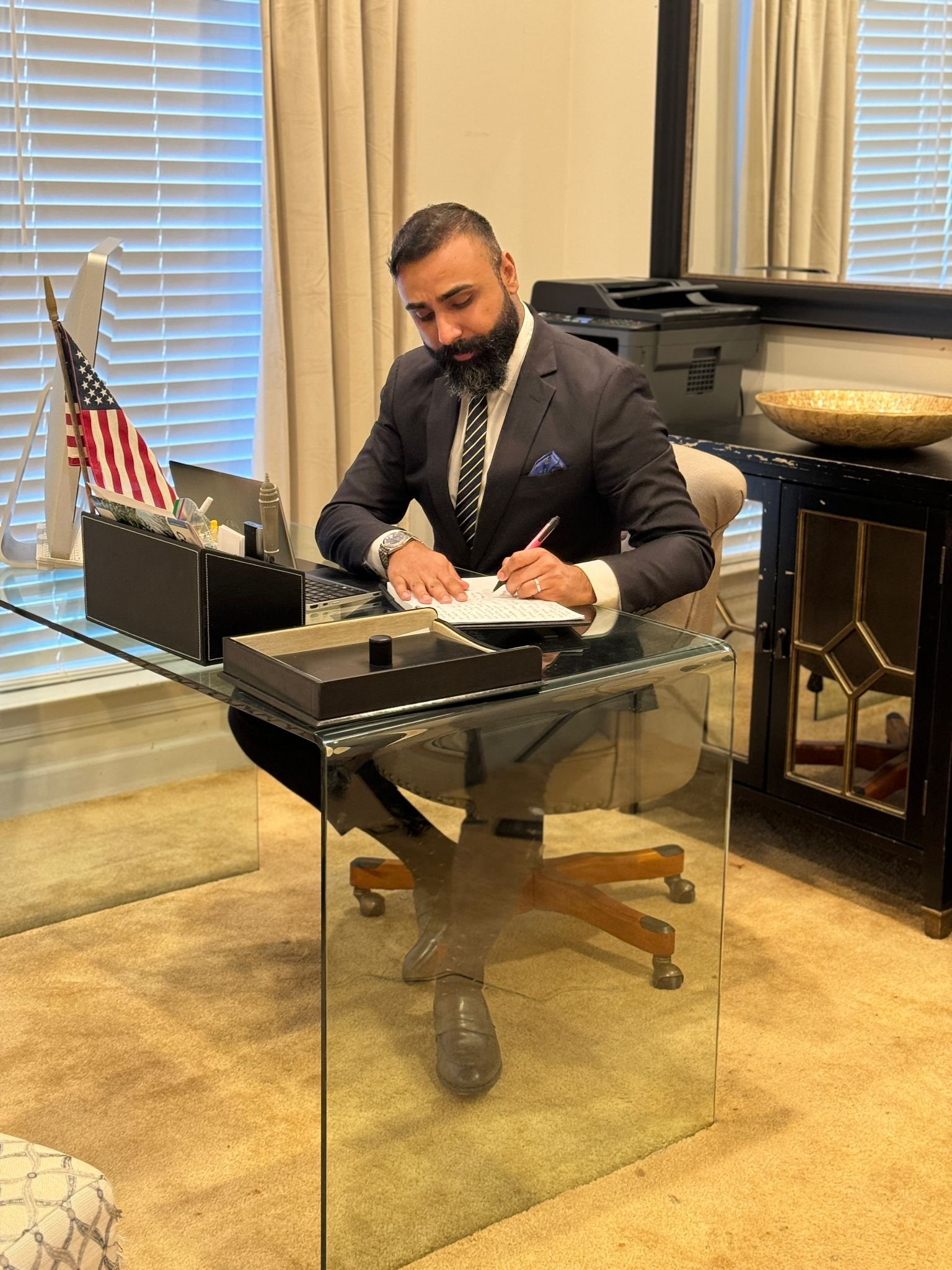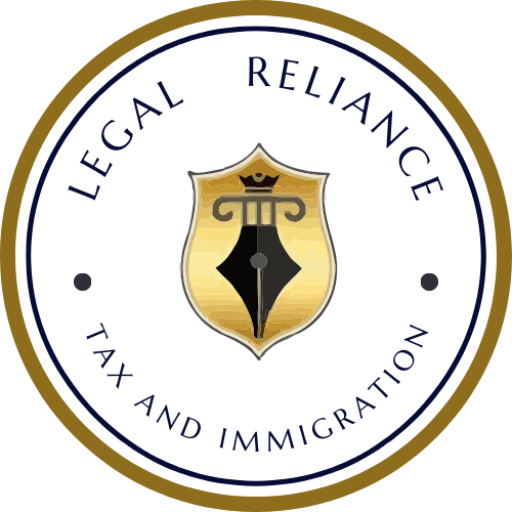You’ve spent months preparing your documents, investing in a business, and dreaming about your new life in the U.S. only to find out that your E-2 visa was denied. It’s frustrating, heartbreaking, and confusing. But you’re not alone. Many investors are caught off guard when they receive a denial, often because of avoidable mistakes. The good news? Most of these errors can be corrected. In this article, we’ll break down the 5 most common reasons E-2 visa applications get rejected, and what you can do to fix them or avoid them altogether.
One of the biggest reasons for denial is insufficient investment. While the law doesn’t set a strict minimum, immigration officers look for what’s considered a “substantial” investment. In 2025, that typically means at least $100,000 or more, depending on your business model. Applicants who try to qualify with $40,000 or $50,000 often struggle to prove the business is viable. If your investment doesn’t show clear risk, scale, or operational readiness, it signals to the officer that your business may not survive and your application may not either. The fix? Re-evaluate your capital needs, ensure the funds are actively committed, and present a stronger financial roadmap for growth.
Another common mistake is presenting a vague or weak business plan. A rushed or generic business plan won’t cut it. Your plan should clearly outline your operations, market research, hiring goals, and financial projections. Immigration officers want to see that your business is not only real, but also capable of creating jobs and supporting your stay in the U.S. If your plan lacks depth or specifics, it casts doubt on your intentions. Fix this by working with a professional to create a tailored, well-researched, and data-driven business plan that shows vision and feasibility.
A third issue is not proving the source and path of your investment funds. The U.S. government is very strict about financial transparency. If you can’t show exactly where your investment came from and how it legally made its way to the U.S.your application can be denied. Whether it’s a personal bank account, sale of property, or gift, everything needs to be documented. Fixing this means gathering full financial records, including tax returns, transaction receipts, and transfer confirmations, to prove your capital is clean and traceable.
Another mistake that leads to denial is choosing a marginal business one that only supports you financially and doesn’t show potential for job creation. If your business is too small, underdeveloped, or unable to support other employees, it’s considered marginal, and that’s grounds for denial. To fix this, show a clear hiring timeline and operational structure that includes U.S. employees, not just yourself. Even if you’re starting small, the plan must show growth beyond one person.
Lastly, many applicants fail because they don’t show they’re actively running the business. Passive investments like owning shares but not managing daily operations don’t qualify. You must prove that you will develop and direct the business full-time. This means leases, invoices, marketing efforts, vendor contracts anything that proves your business is real and already functioning or close to launching. If your application was weak in this area, focus on gathering tangible proof of your hands-on involvement and operational readiness.
So, if your E-2 visa was Danied, don’t panic but do take action. Go over your application honestly, find out where you may have fallen short, and correct it with stronger documentation, investment structure, and strategic planning. Whether you choose to reapply, appeal, or switch visa strategies, the key is preparation. The E-2 visa is one of the most flexible options for entrepreneurs who want to start a business in the USA, but only if you meet the E-2 requirements and present a clear, confident case.
google.com, pub-3613731194359602, DIRECT, f08c47fec0942fa0








